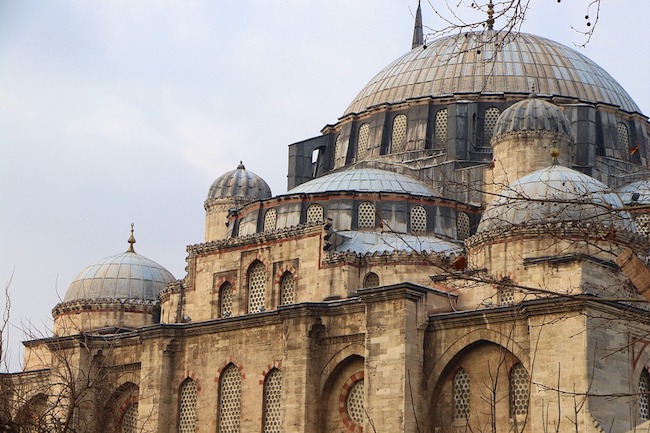Is America Becoming Rome Versus Byzantium? By Victor Davis Hanson for American Greatness
Our Byzantine interior and Roman coasts are quite differently interpreting their shared American heritage as they increasingly plot radically divergent courses to survive in scary times.
In A.D. 286 the Roman emperor Diocletian split in half the huge Roman Empire administratively—and peacefully—under the control of two emperors.
A Western empire included much of modern-day Western Europe and northwest Africa. The Eastern half controlled Eastern Europe, and parts of Asia, and northeastern Africa.
Support Our Site

Now is your chance to support Gospel News Network.
We love helping others and believe that’s one of the reasons we are chosen as Ambassadors of the Kingdom, to serve God’s children. We look to the Greatest Commandment as our Powering force.
By 330 the Emperor Constantine institutionalized that split by moving the empire’s capital from Rome to his new imperial city of Constantinople, founded on the site of the old Greek polis of Byzantium.
The two administrative halves of the once huge empire continued to drift apart. Soon there arose two increasingly different, though still kindred versions of a once unified Romanity.
The Western empire eventually collapsed into chaos by the latter 5th century A.D..
Yet the Roman eastern half survived for nearly a thousand years. It was soon known as the Byzantine Empire, until overwhelmed by the Ottoman Turks in 1453 A.D..
Historians still disagree over why the East endured while the West crumbled. And they cite the various roles of differing geography, border challenges, tribal enemies, and internal challenges.
We moderns certainly have developed unfair stereotypes of a supposedly decadent late imperial Rome of Hollywood sensationalism that deserved its end. And we likewise mistakenly typecast a rigid, ultra-orthodox bureaucratic “Byzantine” alternative that supposedly grew more reactionary to survive in a rough neighborhood.
Yet in both cases, separate geography multiplied the growing differences between a Greek-speaking, Orthodox Christian, and older civilization in the east, versus a more or less polyglot and often fractious Christianity in the Latin West.
Byzantium held firm against ancient neighboring Persian, Middle Eastern, and Egyptian rivals. But the West disintegrated into a tribal amalgam of its own former peoples.




